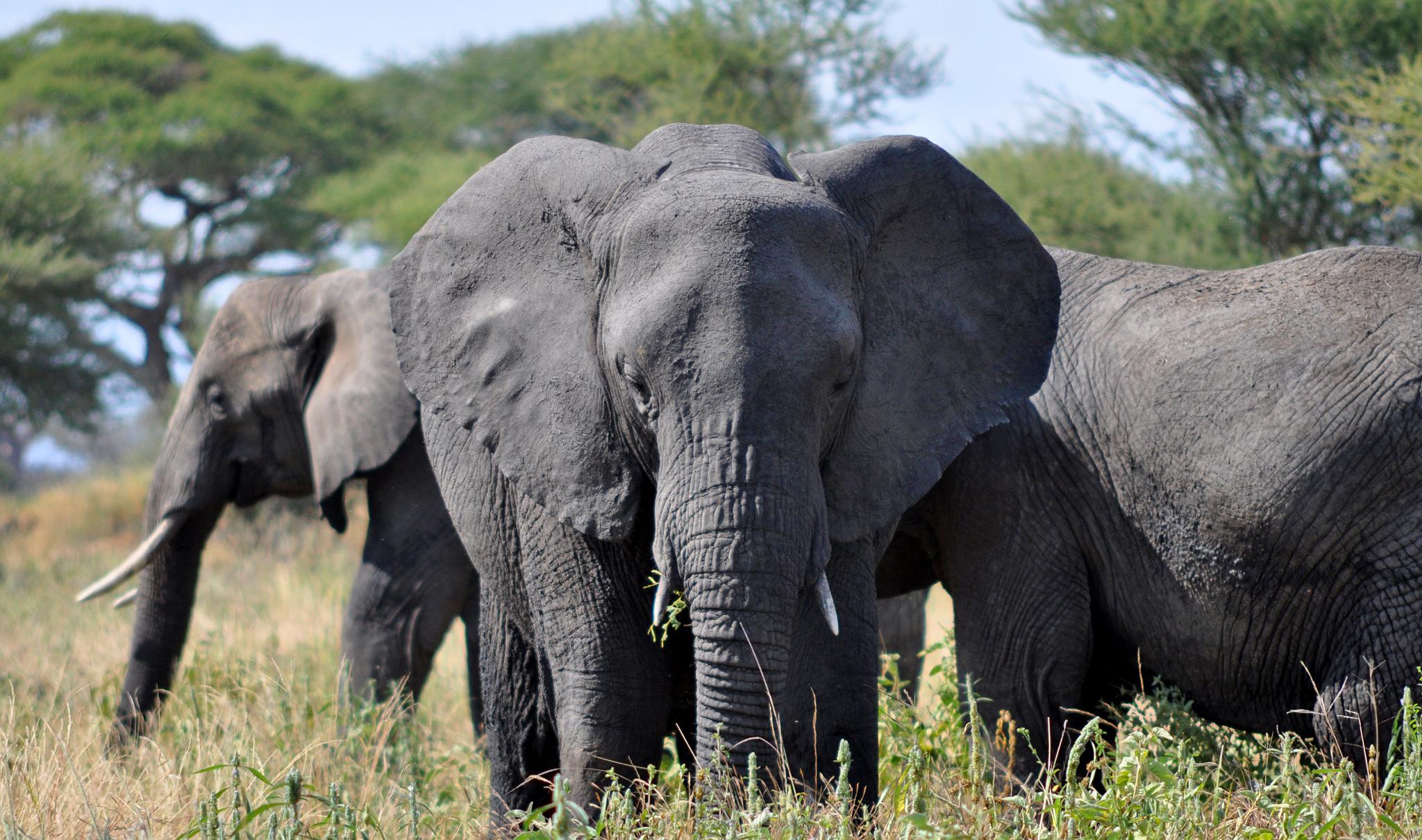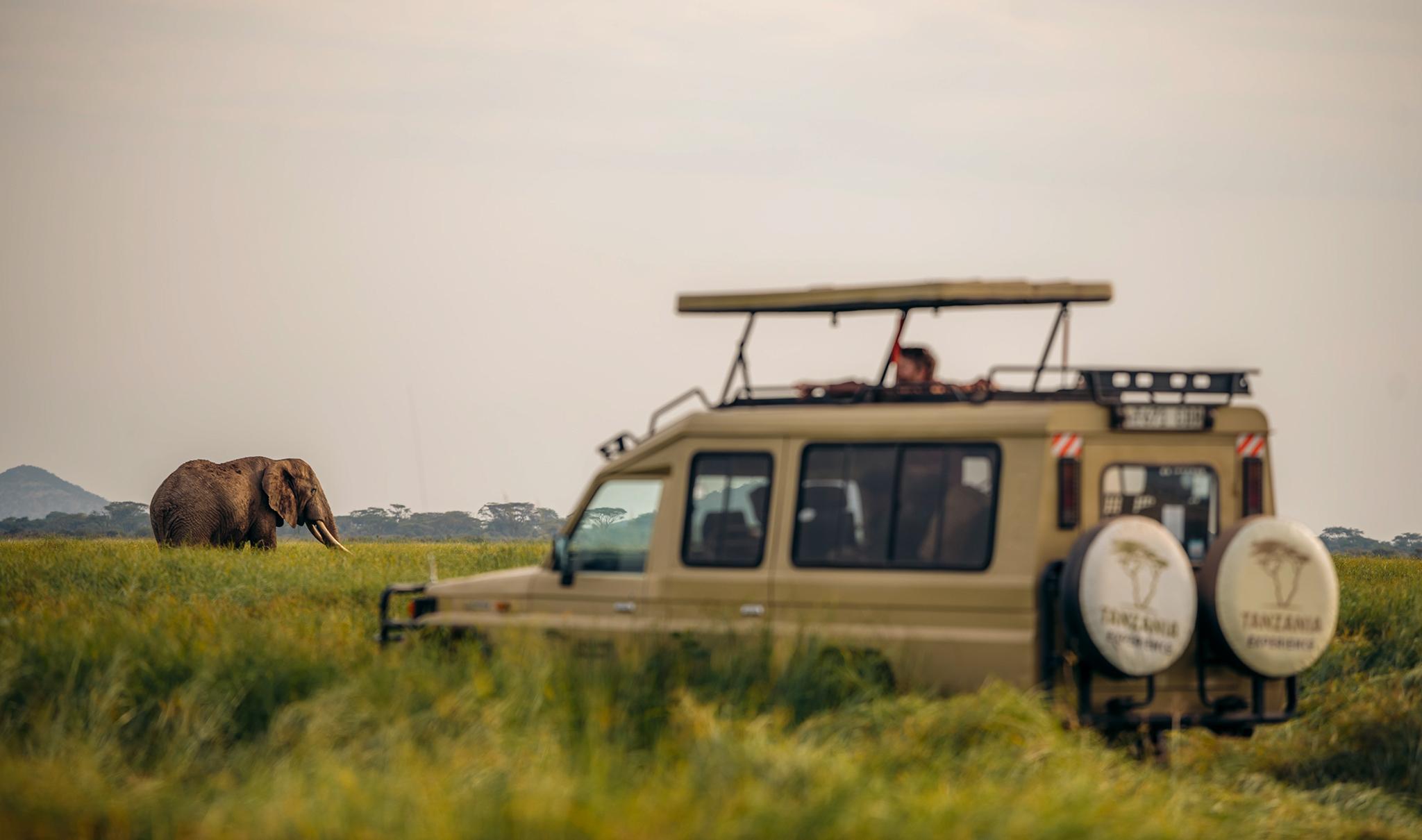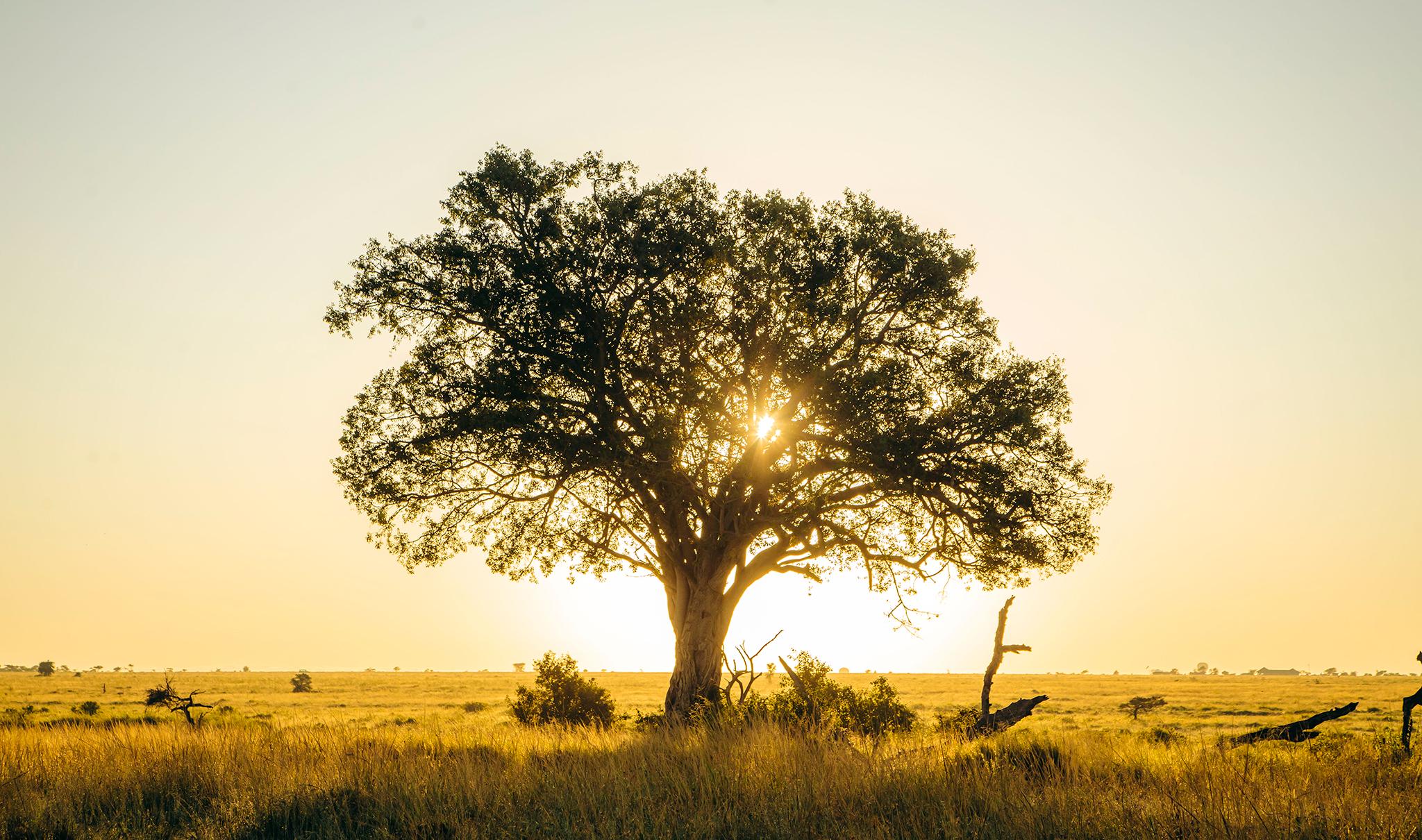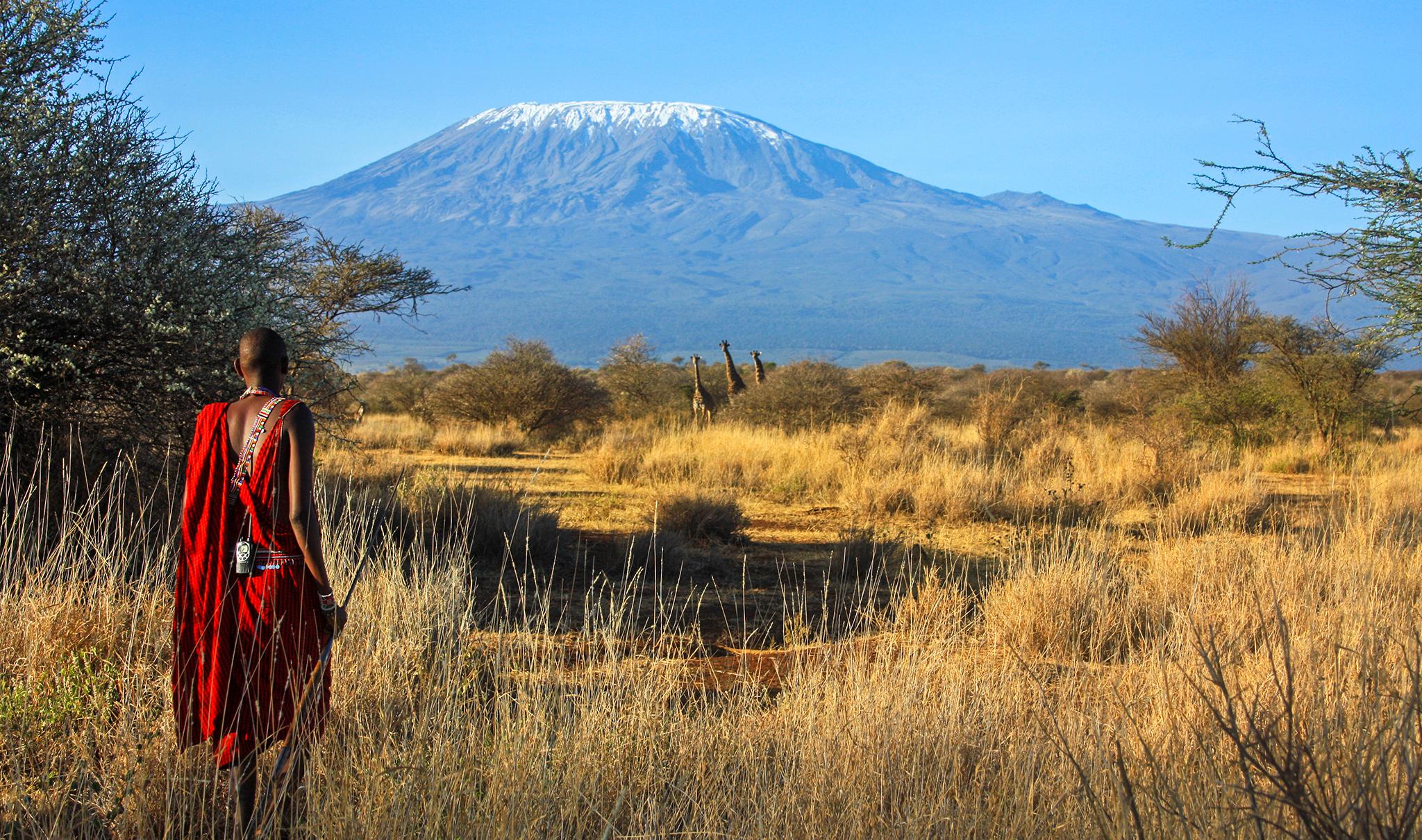Tanzania alone has more wild African elephants than all of Asia has Asian elephants. They are a blessing for tourism, but they often make life difficult for local people. How the country manages this balancing act is the subject of today’s blog post.
The Tanzanian government estimates that there are more than 60,000 wild elephants in the country. That’s a success story, considering that between 2009 and 2014, around 60% of the ivory-carrying elephants were lost to poaching. The population shrank to around 43,000 elephants.
With the expansion and the improvement of the fight against poaching, their numbers have not only stabilised but increased. This is much to the delight of tourists, who can see them not only in Tarangire National Park but, in even larger numbers, also in Ruaha National Park, the Selous Game Reserve and many others.
On the other hand, the enthusiasm of the local population is limited. This is particularly the case in areas where elephants don’t respect the boundaries of protected areas, raiding farmers’ water troughs and farmland and causing destruction. It is a challenge that communities, the government and non-governmental organisations are working to address.
Do you want to learn more about traveling to Tanzania? We are happy to advise.
Get in touch with us!
Elephants in Tanzania – one’s joy and the other’s sorrow
Tanzania’s south, which has fewer tourists, was particularly hard hit by the mass killing of elephants, a veritable “killing field”. They were hunted and slaughtered mainly for their ivory, which fetched up to 3,000 USD a kilo on international markets in peak years.
On the other hand, the strong presence of tourism in the protected areas of the north and north-east contributed significantly to the survival of the savannah giants.
But the growing human population and its expansion into elephant habitat has also played its part in the drama. This “unilateral” land acquisition has contributed to human food security. On the other hand, it has led to increasing conflicts with elephants as their crops are taken away.
Elephants in Tanzania and the hope for prosperity
According to the government, more than 33% of the country’s landscape is protected, including 22 official national parks. By international standards, this is a clear sign of animal welfare. At the same time, the local population is growing and spreading in all directions. This leads to inevitable conflicts, not only between humans and animals, but also between the locals and their government. Those in charge try to convince the population of the necessity of their actions.
An important argument used by politicians to get people to support their conservation measures is the benefit of tourism to the country: people from all over the world come to see lions, leopards, rhinos, buffaloes, elephants, zebras, and giraffes. They bring foreign currency into the country, contributing to the prosperity of all.
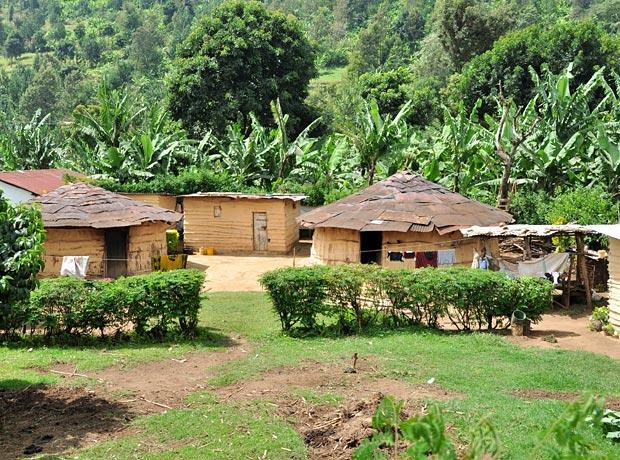
But the experience of many is that tourists might buy an ice cream here or a bottle of water there. This is especially true for those who don’t work in the tourism sector. For most, prosperity doesn’t exist. Even the promised compensation for the destruction of their property is not without issues: the bureaucratic effort, the proof of evidence, …
Where the income generated by tourism goes back to the communities, they don’t necessarily always see the benefits, like improvements to infrastructure, like building roads, schools, kindergartens, or other things.
Elephants in Tanzania and human-wildlife conflicts
There is a lot of peace-making going on behind the scenes to balance the needs of the locals, the protection of the animals and the expectations of the tourists. As in the famous china shop, when the elephants come in search of water or food, a lot of things go wrong quickly: they destroy fields, knock down bushes and trees, eat crops and trees, destroy drinking facilities and water tanks.
International visitors don’t usually see this. So, what is happening in Tanzania, besides compensation payments, to maintain this important balance? Here are a few impressions:
Chasing the elephants away
Losses caused by elephants can be severe. The sense of helplessness can be great for those affected. There is also a fear that it will happen again. Most people would like to see damage mitigation measures. People guard their fields, chase elephants away by shouting, clapping, setting painful traps or throwing stones, sticks and spears at them. Shooting in the air is also part of the process, as is the occasional shooting of a problematic elephant.
These methods are labour-intensive. They require a lot of resources and depend on the acceptance of local communities. Killing an elephant as a result may be necessary in the eyes of those affected, but above all it is a sign of the utter failure of all efforts to resolve the conflict.
Trick & Deter
Elephants are notoriously clever. They become more and more accustomed to their treatment and head straight for their goal. There are more clever ways of dealing with these animals. As well as deterring them, those measures also help farmers sleep better at night. These include special fences, such as solar-powered torch fences, chilli fences or beehive fences.
The solar-powered strobe fences consist of flickering lights mounted on bamboo poles at the elephants’ eye level and spaced at intervals of 200 metres or less.
Chilli fences are strips of chillies strung from post to post. They are made of sisal or sisal cloth soaked in chilli oil; its smell and taste act as “live” ammunition to the elephants without killing them..
Alternatively, attempts are being made to put a type of “elephant repellent” in bottles, which are hung at regular intervals along the fence – similar to mosquito repellent. The Southern Tanzania Elephant Programme (STEP) uses a foul-smelling fermented mixture of chilli, ginger, garlic, rivet tree leaves, eggs, and cow dung. Even skunks get jealous of the smell.
The beehive fence relies on the fact that the thick-skinned are not so thick-skinned and are afraid of bees. The beehives are also installed around the field. Depending on the size of the area to be fenced, this takes a lot of work and money. Filling them with wild bees is not easy either.
On the other hand, beehive fences offer farmers the opportunity to create an additional source of income by becoming beekeepers and selling honey.
Prevantative measures
In addition, there are other important measures. Here are a few examples:
- The development of strategic conflict prevention plans in and for specific affected communities
- Creating alternative sources of income
- Encouraging government, local and non-government organisations to work together to understand elephant behaviour, provide a framework for human-elephant interactions, and offer tips and tricks for safe behaviour around elephants.
- Maintenance and installation of corridors to help elephants move safely
Tanzania prides itself on its large elephant population and is committed to the co-existence of humans and animals. Tourism benefits from this as the government has declared large parts of the country as protected areas.
We are happy to answer any questions and help you plan your trip to Tanzania. Here on site, we are always well informed about the current situation. So get in touch with us!
 on Tripadvisor
on Tripadvisor

